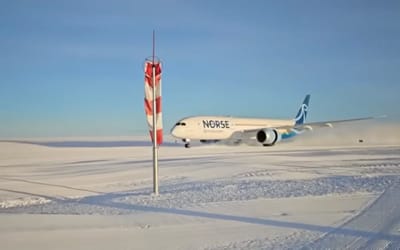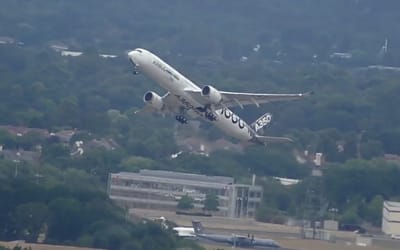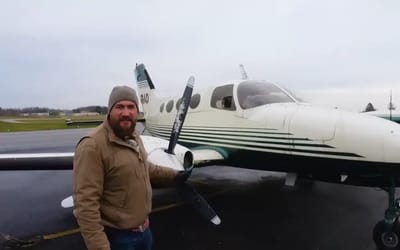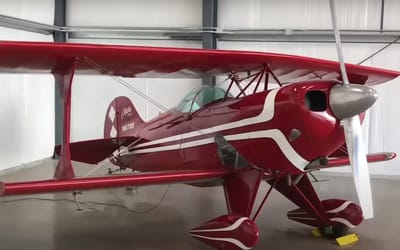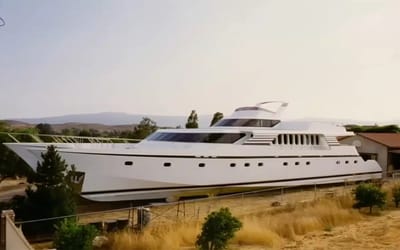Airbus A310 Zero-G nosedive maneuver makes passengers fly weightlessly like they’re in space
- The Airbus A310 Zero-G is an aircraft specially modified for zero-gravity parabolic flights
- It briefly simulates zero-gravity by flying in a parabolic trajectory
- During each parabola, passengers experience weightlessness for approximately 20 seconds
Published on Mar 06, 2024 at 9:25 PM (UTC+4)
by Adam Gray
Last updated on Mar 07, 2024 at 5:52 PM (UTC+4)
Edited by
Amelia Jean Hershman-Jones
When you think of flying on a plane, it’s likely you picture sitting in a cramped seat for hours on end.
Imagine how cool it would be floating around the cabin, just like an astronaut does in space.
Well, that’s exactly the type of experience you get when flying on the Airbus A310 Zero-G.
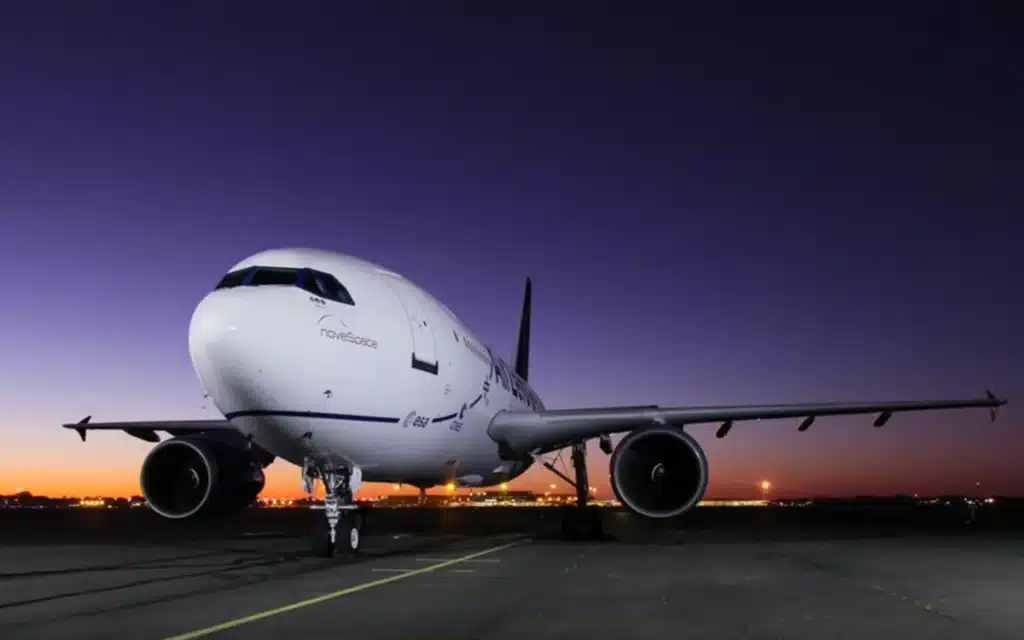
The plane is a two-engine modified Airbus A310 Zero-G aircraft based at Aéroport International de Bordeaux–Mérignac in France.
We’ve seen a Boeing 787 turned into a palace in the skies, but never an aircraft modified with padded walls, floor and ceiling.
The company that operates flights – Air Zero G by Novespace – is the only zero-gravity operator in Europe.
Having organized gravity-free flights for the the past 30 years, the Airbus A310 Zero-G is the largest volume zero-gravity aircraft in the world.
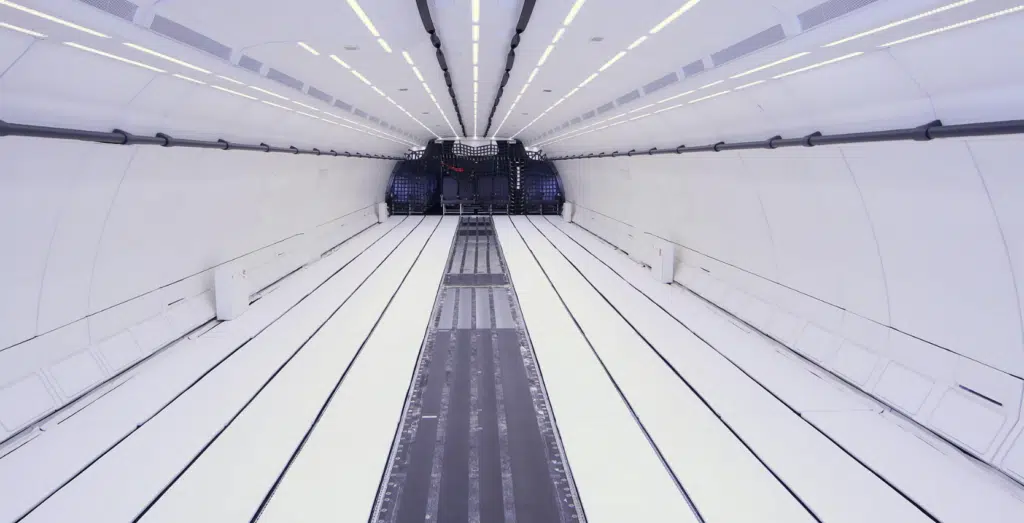
Throughout the course of the year, the company offers gravity-free flights to anyone wishing to experience the sensations offered by weightlessness.
Composed of 15 parabolas, each parabolic flight produces the same weightlessness as astronauts experience in space.
Accompanied by astronaut, Jean-François Clervoy, passengers also take part in exhilarating onboard activities.
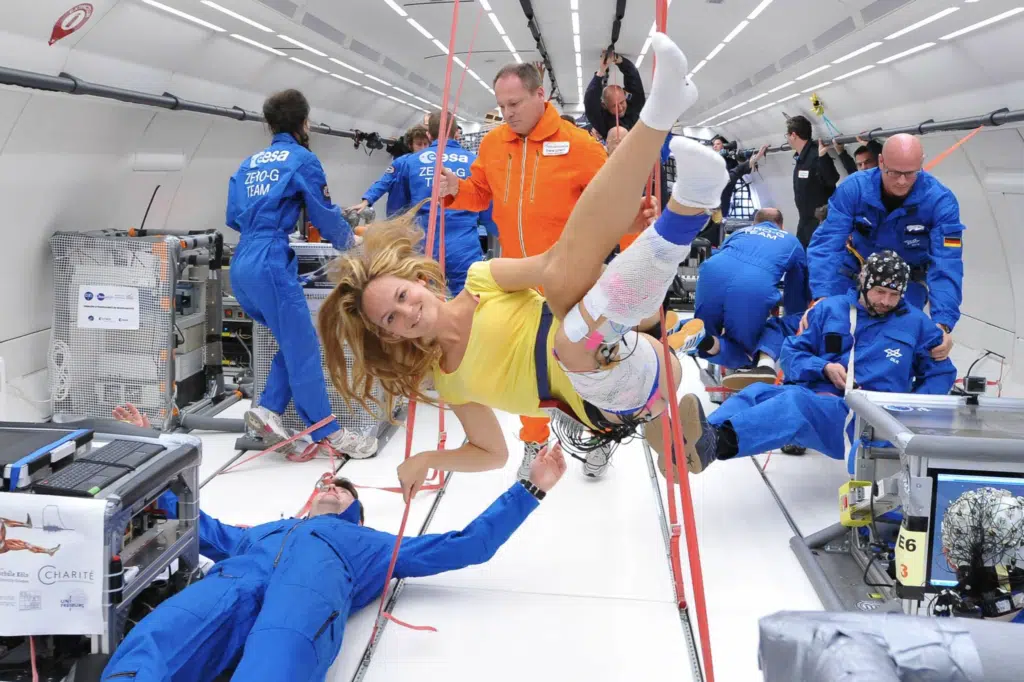
The Airbus A310 Zero-G aircraft generally executes 31 parabolic maneuvers during flight.
From a steady horizontal flight, the aircraft gradually pulls up and starts climbing to an angle of approximately 50 degrees.
This pull-up phase lasts for about 20 seconds, during which the aircraft experiences an acceleration of around 1.8 times the gravity level at the surface of Earth.

The engine thrust is then strongly reduced to the minimum required to compensate for air-drag, and the aircraft then follows a free-fall trajectory forming a parabola lasting approximately 20 seconds, during which weightless occurs.
Countless experiments have been conducted in zero-gravity across a range of fields, including medicine, fluid physics, combustion, atom physics, and biology.
Parabolic flights can also be used to test innovative technologies or improve the ergonomics of systems operated by astronauts.
In other aviation-related news, a retiring Airbus A380 pilot performed a breathtaking maneuver on his final flight full of passengers.
DISCOVER SBX CARS: The global premium car auction platform powered by Supercar Blondie
Adam Gray is an experienced freelance motoring journalist and content creator based in the United Kingdom. Using his media accreditation with manufacturers’ press offices, Adam test drives the latest cars and attends new vehicle press launches, producing written reviews and news pieces for a variety of lifestyle and business publications. Here at Supercar Blondie, Adam applies his journalistic skills penning social-first content around current news and trends. When he’s not behind the wheel of the latest car or writing up another viral story, Adam can be found at his local rink playing ice hockey or at the Riverside Stadium supporting his beloved Middlesbrough FC.
